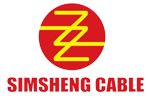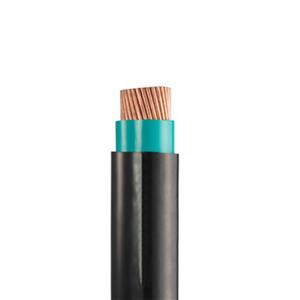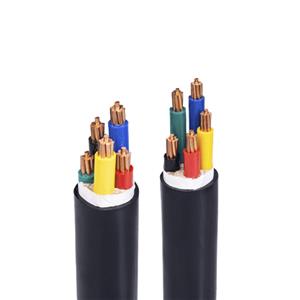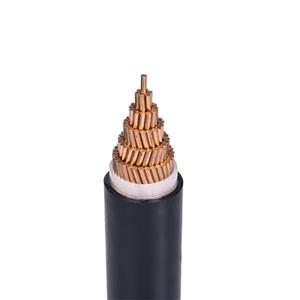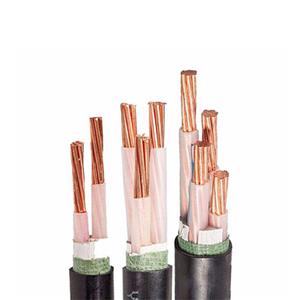What are the factors that affect resistance?
In practice, there are mainly four factors that have a greater influence on the insulation resistance coefficient of wire and cable products.
1. Effect of temperature
As the temperature rises, the insulation resistance coefficient decreases. This is due to the increase in thermal movement and the increase in the generation and migration of ions. Under the action of voltage, the conduction current formed by the movement of ions increases, so the insulation resistance decreases. Theory and practice show that the insulation resistance coefficient decreases exponentially as the temperature increases, while the conductance increases exponentially as the temperature increases.
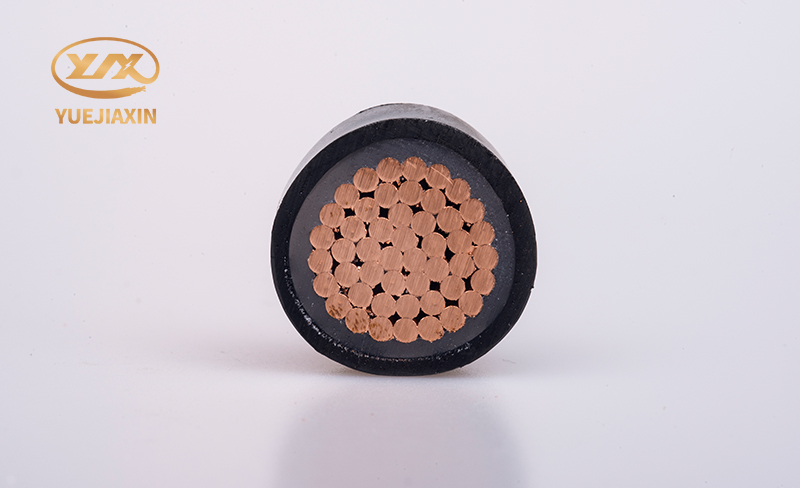
2. The influence of humidity
Since small ones have large electrical conductivity, and the size of water molecules is much smaller than that of polymer molecules, under the action of heat, the polymer macromolecules and the constituent chain links move relative to each other, and the water molecules can easily penetrate into the polymer, causing the polymer to The conductive ions increase and the insulation resistance decreases.
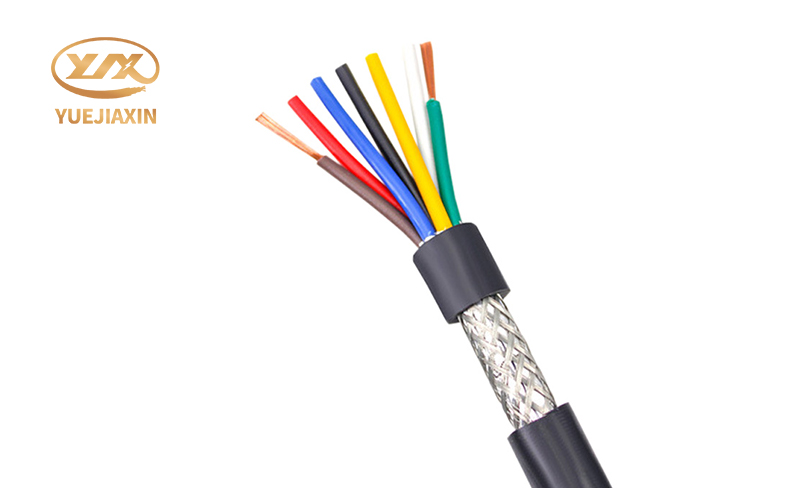
3. Influence of material purity
Impurities mixed into the material increase the conductive particles in the material and reduce the insulation resistance. Therefore, the insulation resistance of a certain rubber and plastic material will reflect the purity of the material and verify whether it meets the standards. In the production process of wires and cables, if the operating procedures are not strictly followed during the process, impurities are mixed, the material is blistered due to moisture, the insulation is eccentric or the outer diameter is smaller than the standard, the insulation is delaminated or has cracks, the insulation is scratched, etc., all will cause problems. The insulation resistance of the product is reduced. Therefore, when checking insulation resistance, you must check whether there are problems during the process operation. During the use of wires and cables, measuring changes in insulation resistance can also check insulation damage and prevent accidents.
- PVC-Insulated Cable
- 450/750V BV Single- Core Cu/PVC Cable
- 450/750V BVR Single- Core Cu/PVC Cable
- 300/500V Or 450/750V RV Single-Core Cu/PVC Flexible Cable
- 300/500V Or 450/750V RVV Multi-Core Cu/PVC/PVC Flexible Black Cable
- 300/500V Or 450/750V RVV Multi-Core Cu/PVC/PVC Flexible White Cable
- 300/500V Or 450/750V RVVP Multi-Core Cu/PVC/CWS/PVC Screened Flexible Cable
- 450/750V KVV Multi-Core Cu/PVC/PVC Control Cable
- 450/750V KVV22 Multi-Core Cu/PVC/STA/PVC Armoured Control Cable
- 450/750V KVVP Multi-Core Cu/PVC/CWS/PVC Screened Control Cable
- 450/750V KVVP2-22 Multi-Core Cu/PVC/CTS/STA/PVC Screened Armoured Control Cable
- 0.6/1KV PVC-Insulated PVC-sheathed Single-Core Power Cable
- 0.6/1KV PVC-Insulated PVC-sheathed Multi-Core Power Cable
